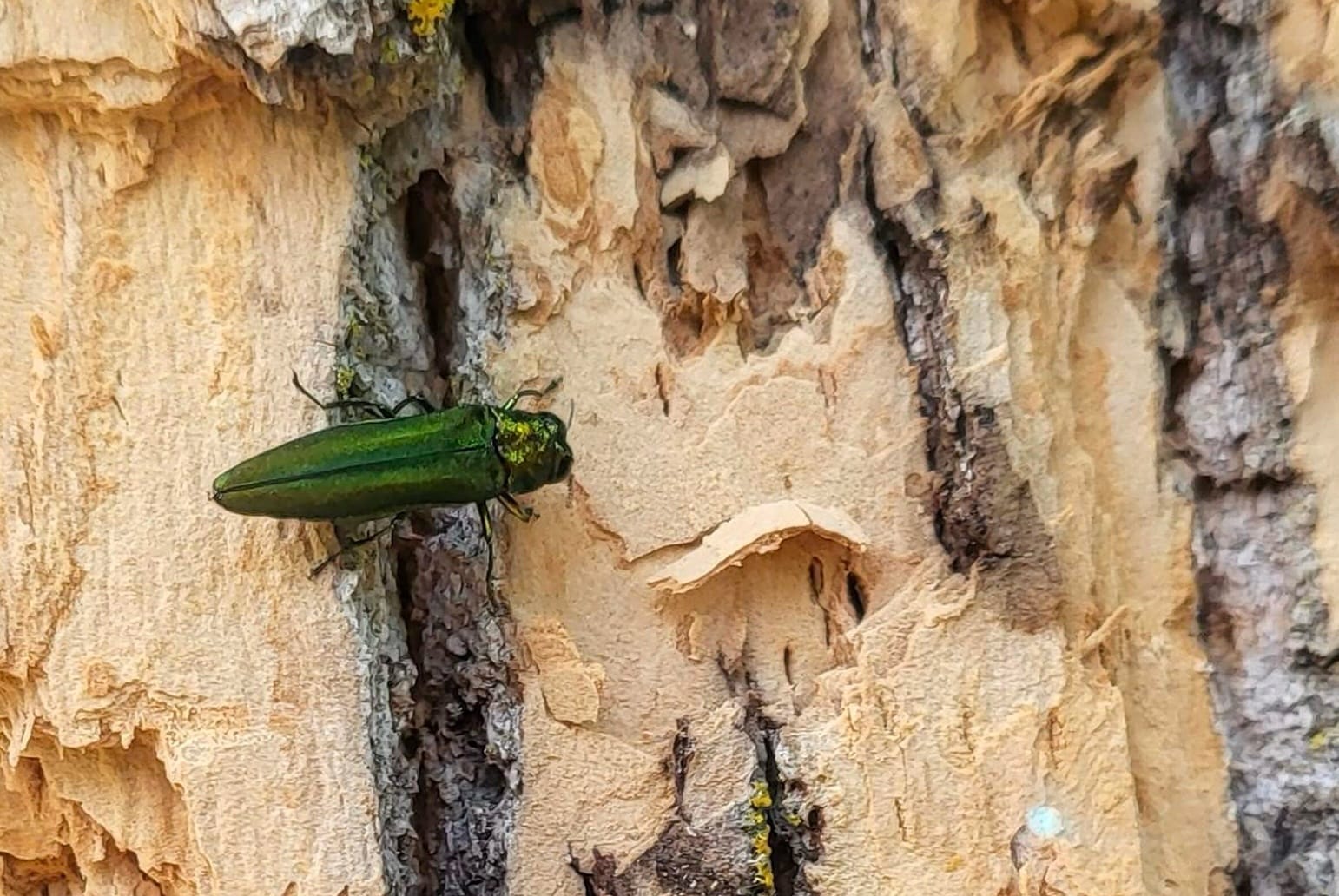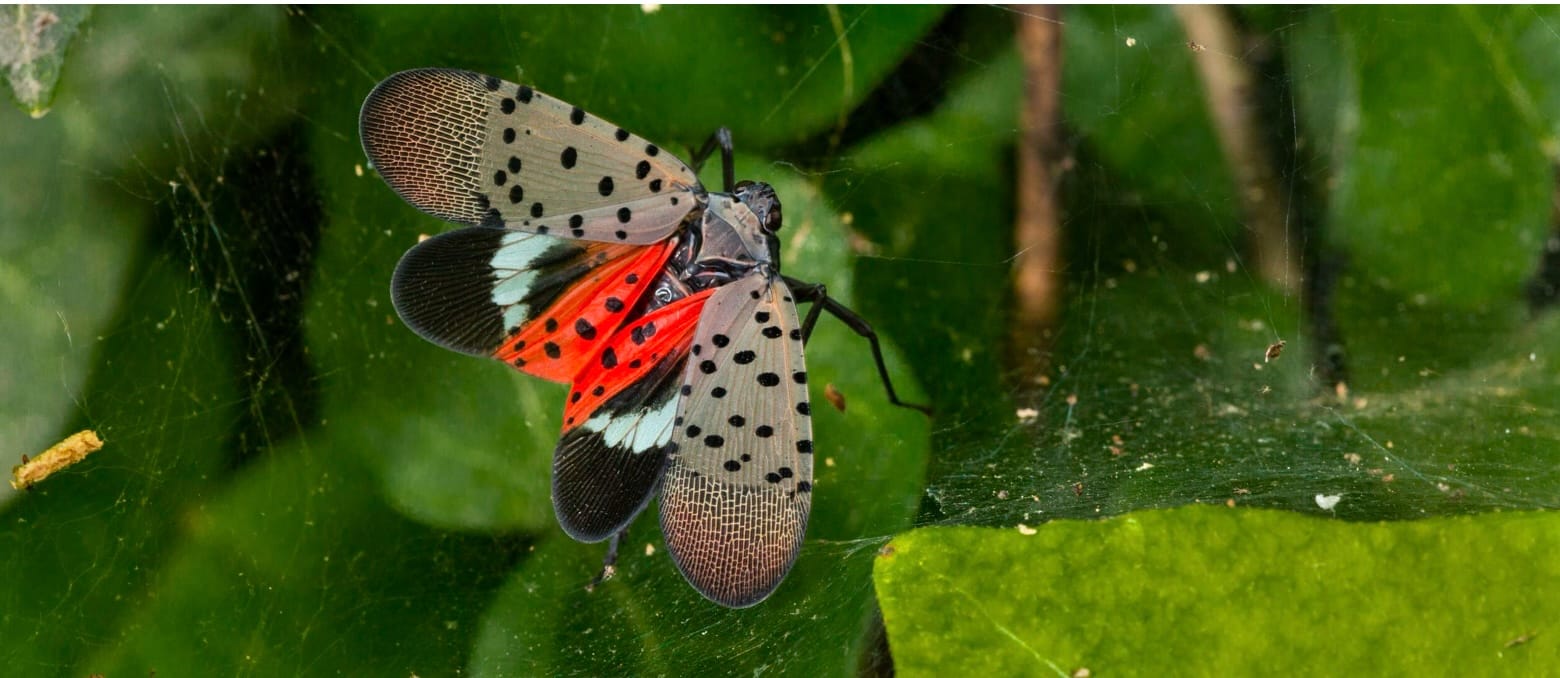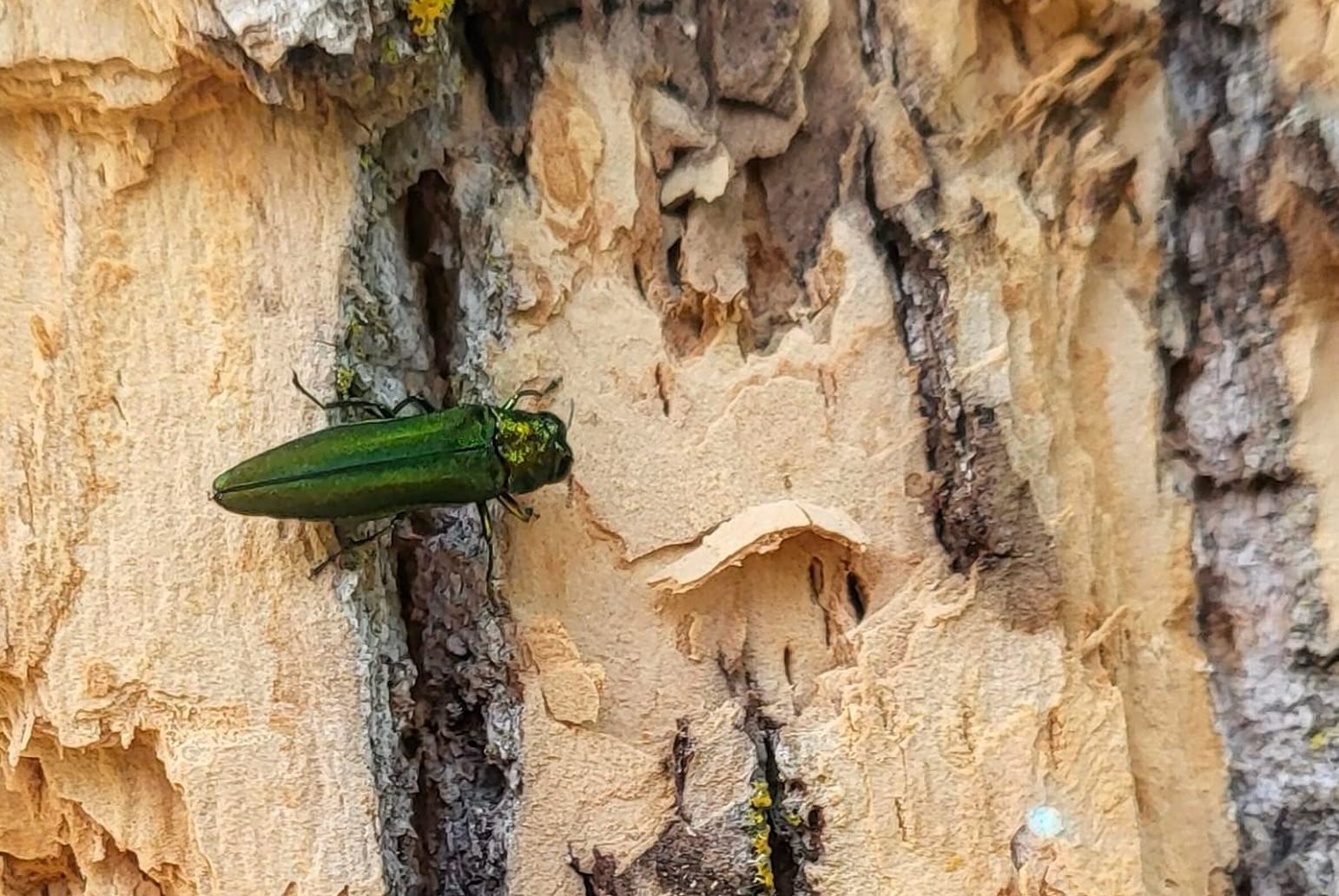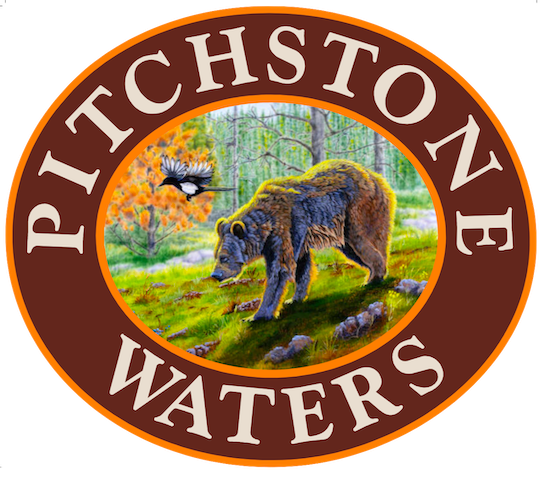These Invasive Species Are As Close As Georgia. What To Look For and Know About Each
"Let me introduce you to two insects that have been spotted in Georgia that we need to be on the lookout for"

According to the article below, the war on biodiversity aka "invasive species'" remains alive and well.
The editors of this blog are still waiting to hear which "invasive" has ever been successfully eradicated. Maybe a "citizen scientist" reader can name a few.
NOTE: this article was originally published to Florida Times-Union's Apple News channel on July 26, 2025. It was written by Larry Figart.
The term “invasive species” has been getting a lot of press lately.
We hear about invasive animals such as the Burmese Python, Lionfish, and Cuban treefrogs. Invasive plants like kudzu, air potato, and Brazilian pepper. Even invasive insects such as the Asian ambrosia beetle, or Formosan subterranean termite, are in the news.
With Florida being a major import/export transportation hub, there is an average of 15 new introductions of invasive species each year in our state. Managing these new introductions costs approximately $100 million to $200 million annually. The best way to control these invasive species is obviously to not allow them into the state to begin with. The next step is to be able to quickly recognize new invasive species and to rapidly respond when it happens.
You may be wondering what all this has to do with me. By becoming more aware of invasive species and learning how to identify them, you and I as citizen scientists can help identify infestations early and help to eradicate them before they create a foothold in our state.
While we are on the subject of invasive species, let me introduce you to two insects that have been spotted in Georgia that we need to be on the lookout for. They are the spotted lanternfly and the emerald ash borer.

The spotted lanternfly was first detected in Berks County, Penn., in 2014. Since then, it has rapidly spread to 15 states in the Eastern United States. The most recent detection was close by, in Fulton County, Ga., last fall. The spotted lanternfly is most concerning to agriculture. It is a planthopper that feeds on the sap of lots of plants, including grapes, hops, vegetables, apples, stone fruits, maples, and walnuts. It is most damaging to grape vines as it damages fruit quality and juice production, and it can even kill entire vines.
While the spotted lanternfly can spread by flight alone, its favorite mode of transportation is vehicles. It lays its eggs on smooth surfaces like trees, fences, construction equipment, and vehicles. The eggs are laid in masses that resemble a smear of wet mud. Each egg mass can hold 30-50 eggs. This is important as new introductions have been spreading along interstate highways.
We can stop the spotted lanternfly from gaining access to our Florida landscapes by checking our vehicles for egg masses. Especially if we have traveled by car to any of the states where they are known to be. For more information on Spotted Lanternfly, go to https://www.aphis.usda.gov/plant-pests-diseases/slf.

The Emerald Ash Borer (EAB) was first detected in the United States near Detroit in 2002. It probably came to the US as a stowaway on a ship or plane tucked away in solid wood packing material such as a pallet or crate. Since then, it has marched into 36 states, with Georgia being the closest to us, having 44 counties with known EAB infestations.
You may wonder how this beetle has spread so fast. Many infestations were started when people moved infested ash trees, logs, or firewood into uninfested areas. There is a law in Florida enacted in 2010 that states that wood cannot be transported within 50 miles of where it originated. It was created in response to invasive wood-boring pests such as the EAB.
Signs of emerald ash borer infestation include a general decline in the appearance of the tree, thinning of upper branches and twigs, loss of leaves, and serpentine tunnels produced by EAB larvae under the bark.
The exit holes of the emerging adults are a characteristic "D" shape. Woodpeckers may often be observed removing the bark of infested trees to access the larvae.
The effect that this pest could have on Florida is mind-blowing. There are four species of ash in Florida.
More gardening tips: Not all mushrooms on trees are cause for concern. But some are. Here's what to know
More gardening tips: Lethal Bronzing: What you should know about the disease that turns your palm trees brown
They include white ash, pop ash, green ash, and pumpkin ash. All four are hosts for EAB. Ash is commonly found on moist, well-drained soils as well as bottomland hardwood swamps. The loss of any of these species in Florida would impact the ecology of wetlands in Florida as well as the many wildlife species that depend on them for food.
In addition, ash wood in general is most famous for being the wood used in the manufacturing of Louisville Slugger baseball bats. It is also used for tool and axe handles because it is tough and does not break very easily. For additional information on the Emerald Ash Borer, go to: https://www.aphis.usda.gov/plant-pests-diseases/eab.
If you think you have found Emerald Ash Borer or the Spotted Lanternfly in Florida, please contact the Florida Department of Agriculture and Consumer Services, your local County Forester, or your local UF/IFAS Extension Office.
If you would like to do more to help track and eradicate invasive species in Florida, there is a great tool called EDDMapS. EDDMapS is short for Early Detection and Distribution Mapping System. EDDMapS was started by a group at the University of Georgia's Center for Invasive Species and Ecosystem Health as a way to track and map infestations of invasive species. Through the IveGot1 app, this tool can be easily downloaded onto your smartphone and allows volunteer observers like you and me to help locate and map sightings of invasive species. For more information on EDDMapS, go to https://www.eddmaps.org/.
By taking action through assisting in the early detection of invasive species infestations and reporting them, we can do our part to preserve Florida's natural beauty for ourselves and future generations.
Larry Figart is an urban forestry extension agent with the University of Florida/IFAS.
